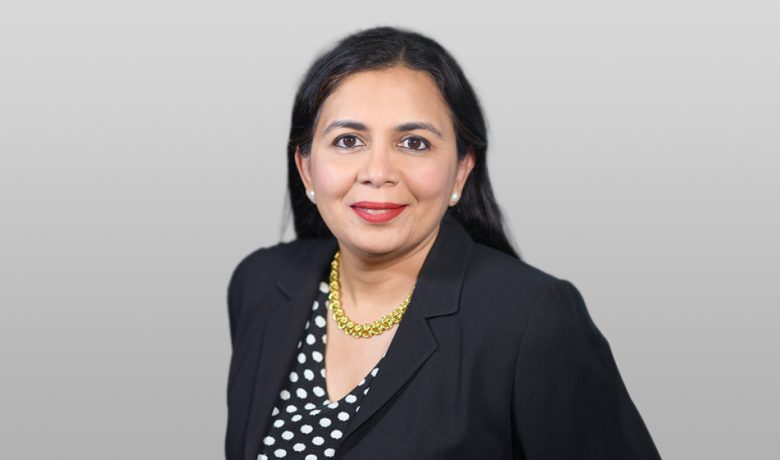There is no doubt that the environmental, social and governance (ESG) impacts of infrastructure investments are of increasing interest to regulators, investors and civil society. That is good news, but it’s also important this impact is understood in a holistic way, telling the full story of the infrastructure project we fund.
Currently, much of the debate with LPs on ESG impact is focused on managing and minimising the adverse impacts that all infrastructure projects have. New rules such as the EU’s Sustainable Finance Disclosure Regulations (SFDR), rightly, demand transparency and accountability in areas such as reducing emissions, improving health and safety or decreasing biodiversity loss.
That is much needed, but focusing on the minimisation of harm also risks failing to see the wood for the trees.
Intrinsic benefits
For those who work in our sector the connection between infrastructure investment, economic growth and societal benefits is very clear.
The hospital and school investments we make improve health and enrich education. Fiber networks get thousands online to close the digital divide. Clean energy assets are laying the foundations for the low-carbon economy and roadbuilding enables millions of drivers to travel more quickly, safely and efficiently.
Across the world, infrastructure is helping in achieve the challenges of the UN Sustainable Development Goals (SDGs).
So just as we should not solely use a traditional cost/benefit analysis to narrowly focus on just the financial viability of an asset; we should not use ESG analysis to solely focus on reducing harm. That risks overlooking the wider inherent benefits our sector creates.
Measuring positive outcomes
To address this challenge and showcase promising practices my firm, DIF Capital Partners, has worked with specialist sustainability consultants to develop an ‘Intrinsic Benefits Tool’.
The aim of the tool is to provide both a sector- and country-level analysis for each sector we invest in that identifies the intrinsic benefits an investment might provide.
It is based on impact metrics developed by UNEP-FI and its scores measure both positive and negative impacts that can be linked back to the SDGs. It also considers each country’s specific needs or issues. A school investment in a country lacking teaching capabilities, for instance, would score higher than a similar investment in a country with abundant education facilities.
For example, we used the tool when considering our investment in Airtower, a US wireless company providing the next generation wifi networks. It helped show how these networks enable first responders such as ambulance drivers to deal with emergencies, contributing to SDG 3 (Good Health & Well-being), build smart, sustainable cities (SDG 11) and use cloud migration to reduce the need for emissions-intensive local servers (SDG 13).
It provided a similar role for our investment in Greener, a market leader in mobile battery solutions in the Netherlands, showing that Greener contributes positively to SDG 9 (Industry, innovation, and infrastructure), SDG 11 (Sustainable cities and communities), and SDG 13 (Climate action) by supplying clean energy and mitigating the impacts of climate change.
The tool is part of a holistic attempt to understand ESG risks and opportunities in our investment process which also includes a screening mechanism during pre-investment, and active monitoring and management of an investee’s potential negative impacts throughout our ownership.
A brighter infrastructure investing picture
We live in a world where megatrends such as digitisation, energy transition, urbanisation and consumption continue to foster demand for infrastructure investing. But it is also a world where projects must continuously report on their environmental and social impacts, and show they align with public policy goals such as the SDGs.
As the sector beds in systems and standards to allow that to happen we must strike an appropriate balance between how we are generating and reporting financial returns, the action we are taking to minimize negative impacts, but also the wider long-term public benefits that are being delivered by our hospitals, schools, networks and other infrastructure too.
Frank Siblesz is Head of ESG at DIF Capital Partners




